Sergei Rachmaninov was born 150 years ago this April 1st. The great Russian composer is being celebrated with musical events around the world, including in Ireland. Here, four people involved in upcoming performances of Rachmaninov’s music talk about their relationships with his work and what makes it so special for them.
‘Longing for the homeland which was taken from him is always present’
MIHHAIL GERTS, CONDUCTOR
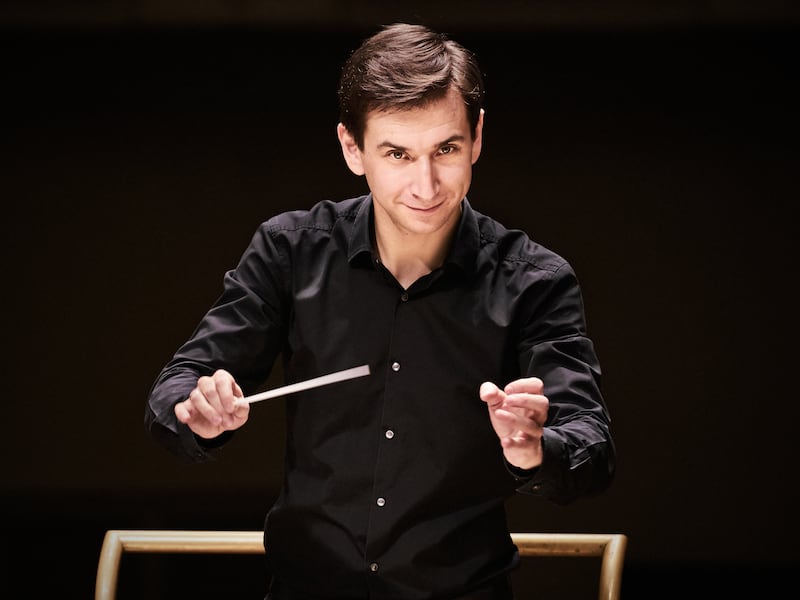
Mihhail Gerts is more than delighted to be conducting Rachmaninov’s choral symphony The Bells with the National Symphony Orchestra. “It is one of his most significant works. For him as a believer, bells are a symbol of everything from birth to death, accompanying the whole life cycle.” The composer rated it his best work, and after composing it, he said, “I don’t know if I should compose anything else.”
For Gerts, who is Estonian, “It has a wonderful way of portraying not just the sound of bells but all the symbols which we associate with the sound as well.” It is also, he says, “the work which, being a religious and a sacred work in a way, was the main target in the attacks on him in his own Russia in the 1930s. It was used to illustrate his inappropriateness to be a Soviet composer.”
He makes a connection with the other Rachmaninov piece on his National Concert Hall programme next month, the lugubriously impressionistic symphonic poem The Isle of the Dead, based on a painting by the Swiss artist Arnold Böcklin. “Underneath both of these works,” says Gerts, “is very strong anxiety, about coming times, about the tragedies which were to come in that century. But Rachmaninov still allows himself to have brilliance and joy in the opening, with light, silver bells. It’s a very multifaceted work, as also is The Isle of the Dead.”
From Baby Reindeer and The Traitors to Bodkin and The 2 Johnnies Late Night Lock In: The best and worst television of 2024
100 Years of Solitude review: A woozy, feverish watch to be savoured in bite-sized portions
How your mini travel shampoo is costing your pocket and the planet - here’s an alternative
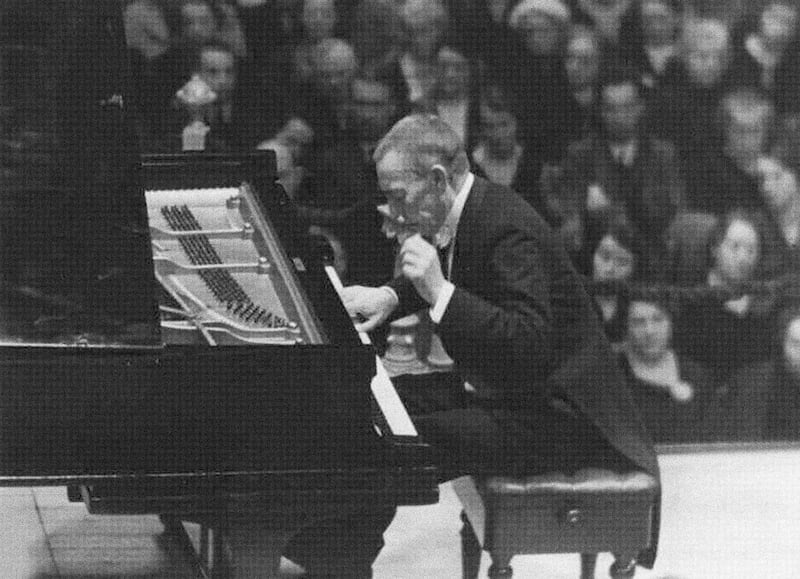
Gerts played Rachmaninov as a student. “I’ve always loved this harmonic tension which he creates. Back then these works were really hard for me to play. I don’t think I could fully enjoy playing them. But now, as a conductor, with the Symphonic Dances, the piano concertos, I experience it as just wonderful music. And very personal also, where longing for the homeland which was taken from him is always present.”
Exile, says Gerts, “unites him with the composer Eduard Tubin, whose Sinfonietta on Estonian Motifs I’m also going to conduct in that concert.” Tubin and Rachmaninov met once, when Rachmaninov was giving a solo recital in Vienna, the closest he would venture to the Soviet Union. “Tubin’s report was that he had never heard anybody playing Bach as well as Rachmaninov. Every voice was alive, he said. He was never eloquent, so his words mean a lot.” Tubin fled the Soviet reoccupation of Estonia and settled in Sweden.
“Rachmaninov has this very strong Russian flavour,” says Gerts, “and Tubin is the same, except that the folklore elements are Estonian.”
Mihhail Gerts conducts Rachmaninov and Tubin with the National Symphony Orchestra at the National Concert Hall, in Dublin, at 7.30pm on Friday, May 26th
‘It would just push you to keep going’
OONA DOHERTY, CHOREOGRAPHER
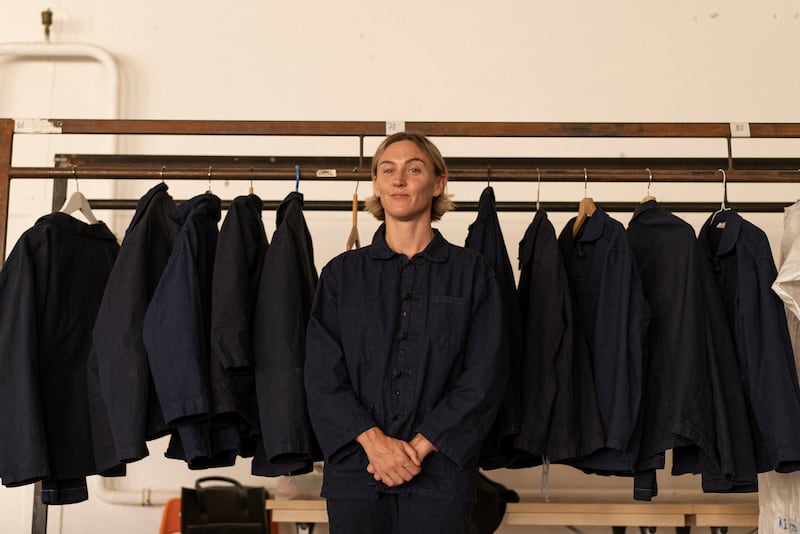
The Belfast-based choreographer Oona Doherty found herself in the strange, empty place that so many of us experienced in lockdown. Her shows cancelled, there was no travel. She rented a cheap studio and started practising ballet. “I would put, like, Beethoven, Rachmaninov, Maria Callas on, very emotive music, to try and get the energy that you would get from hip hop but while you’re doing ballet.
“It started from that, really, purely just the way the music made me feel and made me so grand. When you’re alone in the studio for three hours it would just push you on to keep going.”
Then, as she puts it, “that got a bit out of control”, and she started to set material “so that I would have to practise and not come up with new stuff all the time. And that became section one of Navy Blue, the show.”
She relates to Rachmaninov’s famous creative crisis, when he had therapy to escape creative block, and marked the success by dedicating his Second Piano Concerto to his therapist, Nikolai Dahl.
Doherty had been feeling alone even before lockdown. “The career was getting better, but I was feeling very lonely. I was practising the ballet, and then the money came for Navy Blue, which was the biggest show I’ve done yet, while we were in lockdown. There was this kind of contradiction, the ego saying, ‘Come on, this is the biggest show you’ve done yet,’” but also the feeling that “this doesn’t seem like the right thing for the planet to be doing. It was almost a writer’s block: I will do it, but I feel bad about doing it. Great to have the opportunity; it just feels terrible. In that sense, I guess, I connected a bit to Rachmaninov. It always felt sticky until I was in the room with the dancers. The dancers bring it to life and pull you out of your own existential stuff. The dancers were my Dahl, my therapist.”
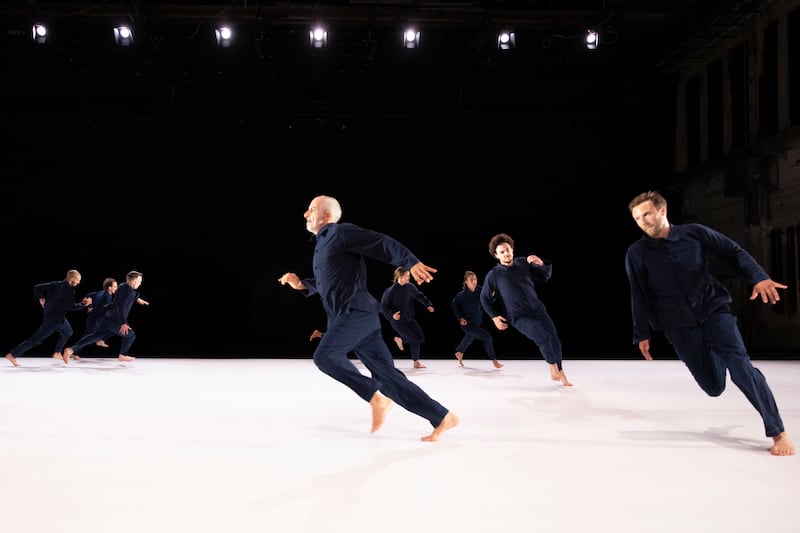
It was only when the dancers started singing All by Myself in rehearsal that she became conscious of the fact that all along she had known a song that had borrowed from the Rachmaninov concerto, a work she describes as “so sad that it made you grateful”.
Oona Doherty’s Navy Blue, with music by Rachmaninov and Jamie xx, is at the Abbey Theatre, Dublin, at 7.30pm on Tuesday, May 23rd, and Wednesday, May 24th, as part of Dublin Dance Festival
‘Rachmaninov has a very compelling intensity’
PAUL HILLIER, CHORAL CONDUCTOR AND SINGER
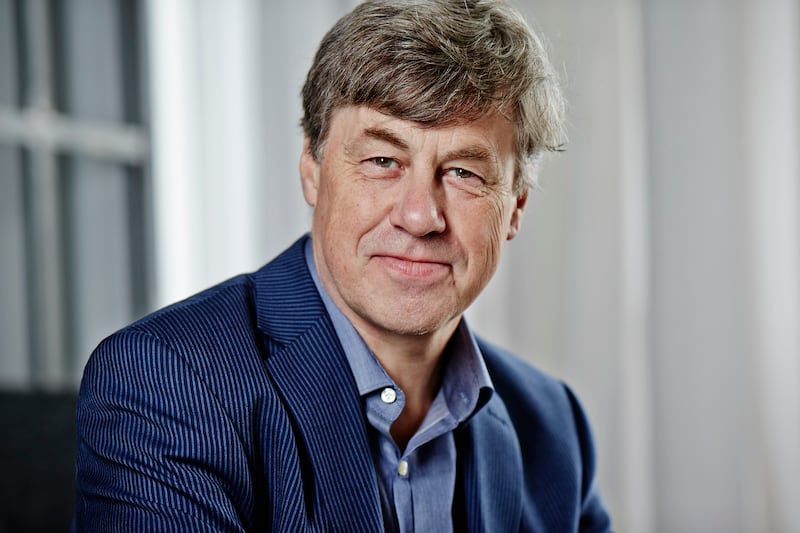
Rachmaninov’s hour-long Vespers, written in 1915, are remarkable for their seamlessly rolling, blended sonority, with, in spite of their powerful soprano lines, an unusually low centre of gravity because of the richness of the writing for the bass voices.
Chamber Choir Ireland’s artistic director, Paul Hillier, is not just a choral conductor but also a singer, a baritone who was a founding member of one of Britain’s most successful choral groups, the Hilliard Ensemble. Yet his gateway to Rachmaninov was not the choral music but the songs and the solo piano music, particularly, he says, through the recordings by Vladimir Ashkenazy. For him, Rachmaninov has “a very compelling intensity, which I find very attractive.”
He dates his relationship with the choral music to his time with the Estonian Philharmonic Chamber Choir in the 2000s. “At that time, he says, “the singers all spoke Russian because of having been in the Soviet Union. We didn’t have to talk about the pronunciation or the meaning of the words. They knew all that anyway. We started with a great advantage.
“I thoroughly enjoyed the whole process,” he says. “I felt I was learning much more about the music than the choir was. I’d listened to recordings, of course, and was trying to soak up not so much how to do it as the tradition from which it comes. I did quite a lot of other Russian music from the 18th and 19th centuries while I was working in Estonia.”
The Estonians brought in a basso profondo for the notorious and celebrated low B flat in the fifth movement, Nunc dimittis, and Chamber Choir Ireland will, too. “The basses have to descend an octave from B flat to the B flat way below the stave. I found as the conductor I was trying to conduct him and it didn’t matter how slowly I went, he was always behind me. I remember thinking, You do it, and we’ll listen.”
Paul Hillier conducts Chamber Choir Ireland in Rachmaninov’s Vespers at Clonard Monastery in Belfast at 8pm on Friday, March 31st, and at Christ Church in Dublin at 8pm on Saturday, April 1st
‘These are some of the most incredible examples of artistry in performance’
KIRILL GERSTEIN, PIANIST
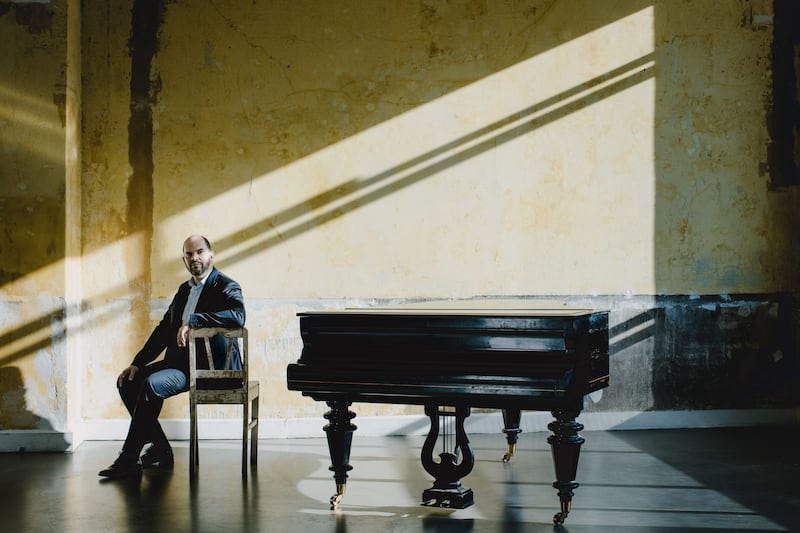
The Russian-American pianist Kirill Gerstein says Rachmaninov is in his pianistic DNA. As a child growing up in the Soviet Union, he says, “I got to take part in a chamber choir where vespers were rehearsed and sung, and so the sound of the a cappella choir, of the bells, of Rachmaninov’s music, this is all packaged in my childhood aural experiences.”
He’s a huge admirer of Rachmaninov’s recordings (10 CDs’ worth) as a pianist and conductor. “Every time I come back to them I think he must have practised, because every time he appears to play better than the last time I checked. I think these are some of the most incredible examples of artistry in performance.”
He links the composer with Bartók and Stravinsky, who also left recordings of their own performances. “It presents a wonderful dilemma. Does one follow what the score appears to say or what the recording appears to say? How does one try to reconcile these?”
He’s a huge fan of the Second Piano Concerto, and draws attention to the uncertain tonality of its opening chords, which hint at the key of F minor before settling in C minor. “That’s a little bit typical of Rachmaninov. Yes, there are beautiful melodies, fantastic textures, there’s excitement, emotion, all of this. But there’s a lot of compositional and structural inventiveness and exploration.”
He also sees it as more challenging to perform than the technically more demanding Third Concerto. “The success of the piece depends on a common feeling of rubato between the conductor and the soloist, and on active balancing, in the moment, between the piano and the orchestra. So it’s much less of a sure thing. Still you hear the pretty tunes, and people might enjoy those aspects. But for it to be a really successful performance it’s much more of an ethereal thing that’s either reached on a particular occasion or not. In that sense it occupies quite a special place in Rachmaninov’s output.”
Kirill Gerstein plays Rachmaninov’s Second Piano Concerto with the National Symphony Orchestra under Jaime Martín at the National Concert Hall, Dublin, on Friday, May 12th. His recording of the concerto with the Berlin Philharmonic is released next month on the orchestra’s own label











